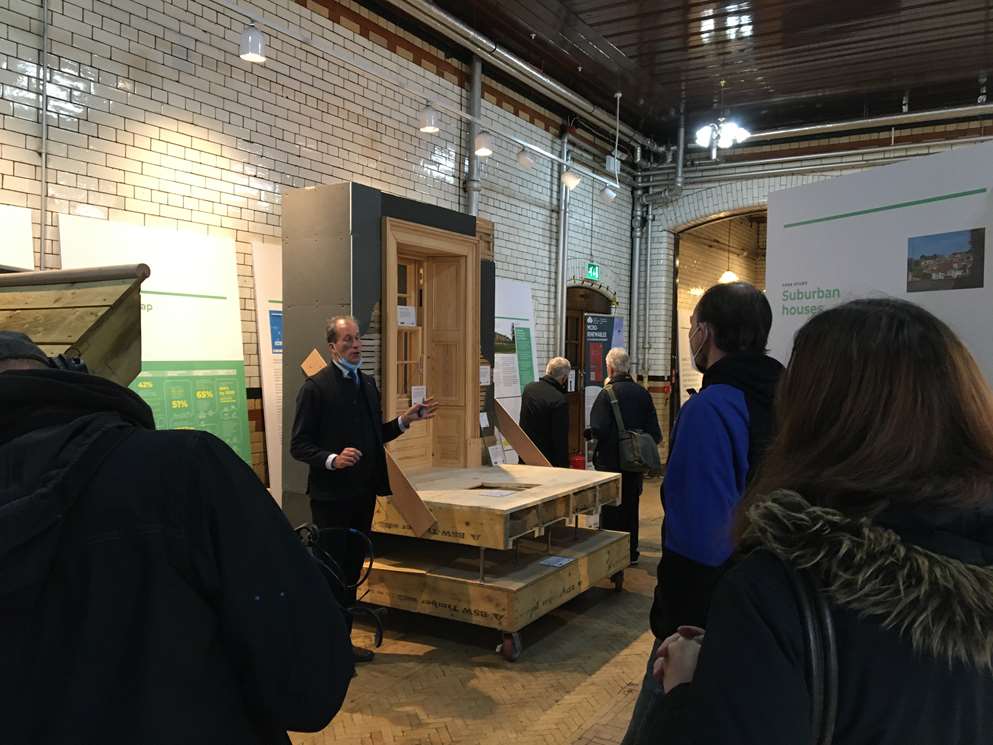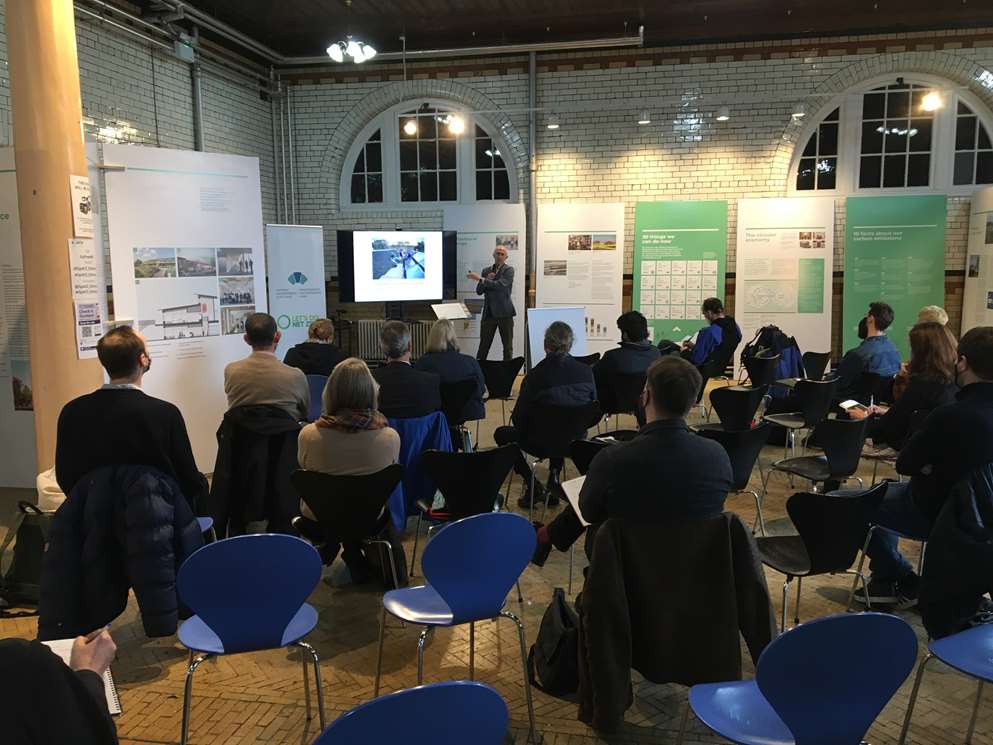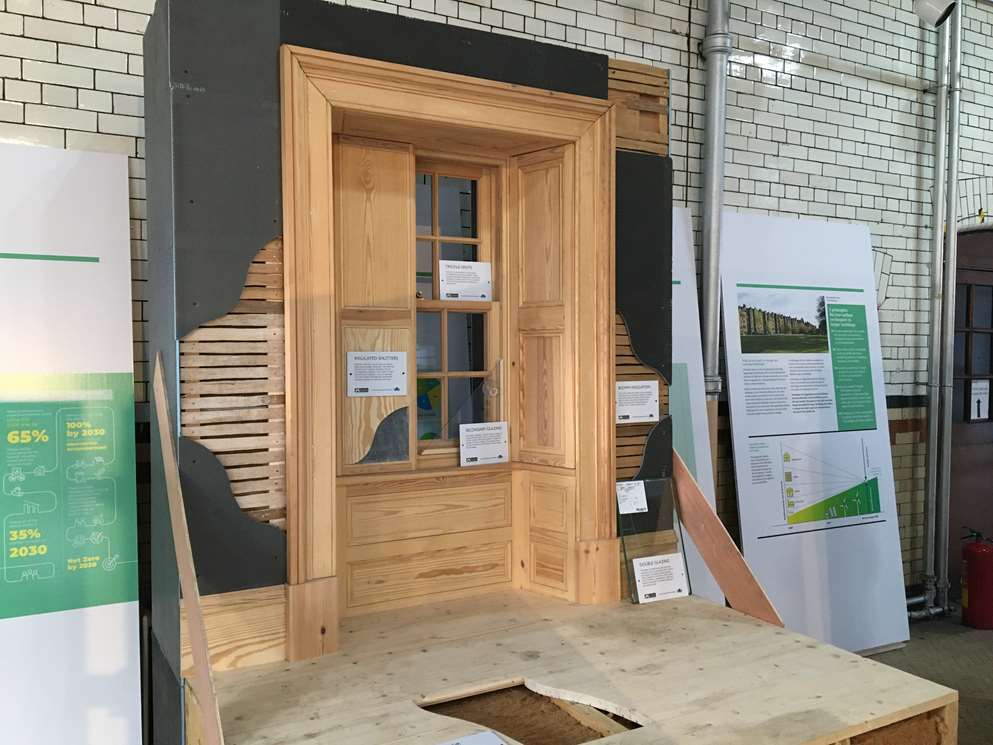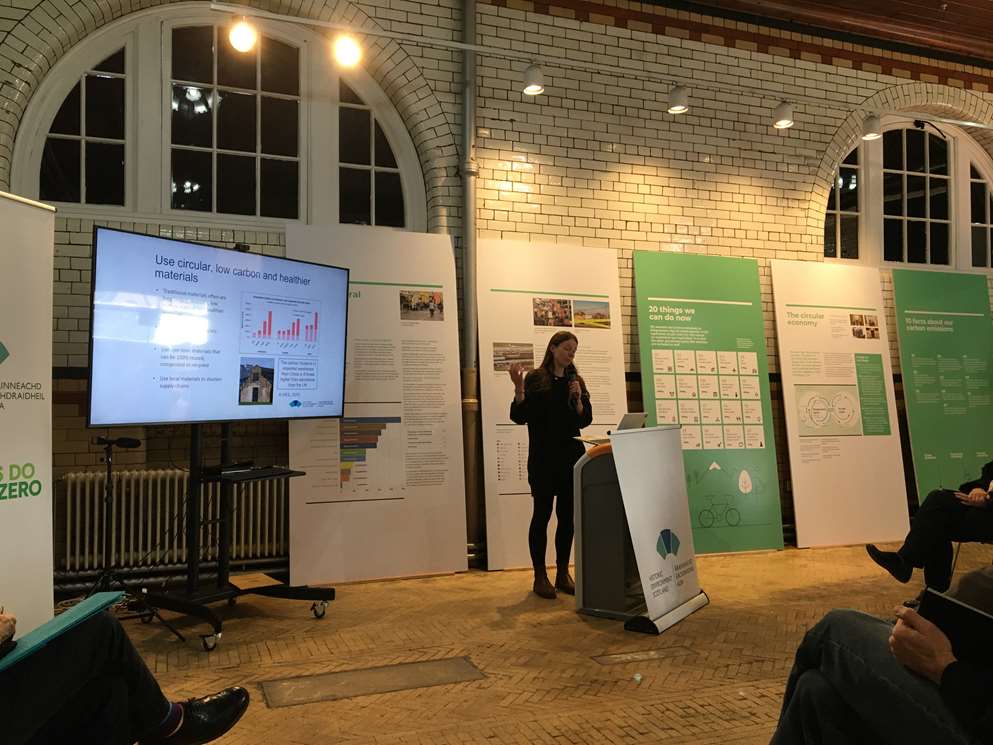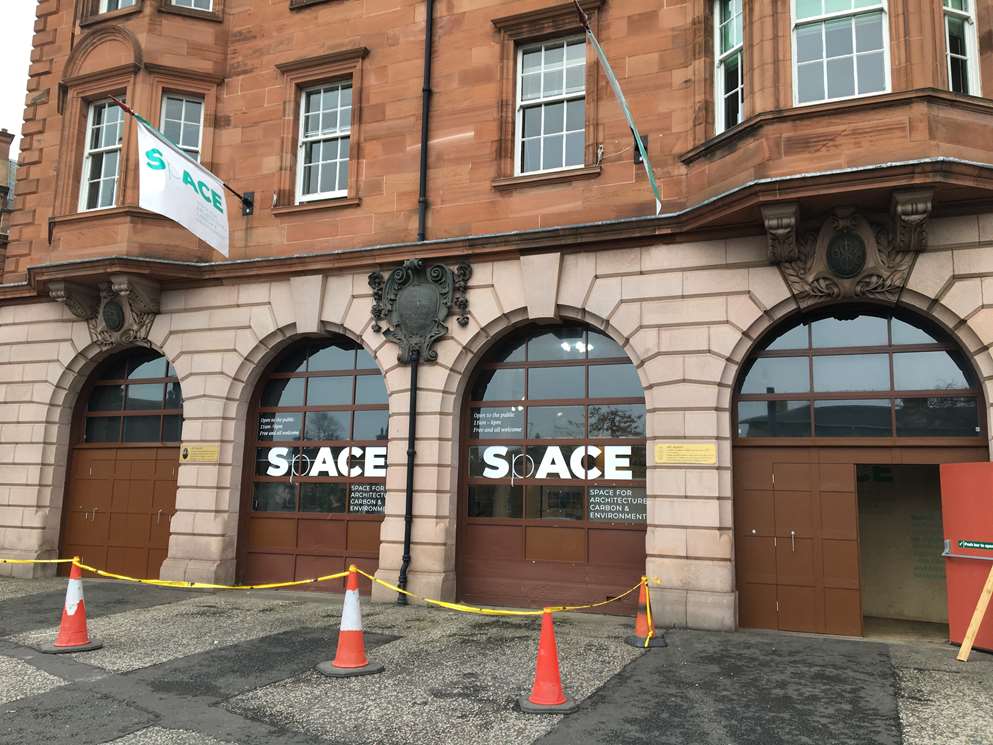The recent COP26 conference in Glasgow has brought into sharp focus the necessity of making progress towards net-zero targets across the world. In the cold climates found on the northern periphery of Europe, a key component of this must necessarily be the retrofit of our existing building stock to reduce carbon emissions and improve energy efficiency. Where the historic environment is concerned, this poses technical, social, and logistical challenges that require us to carefully consider our way forward.
Nowhere is this challenge more apparent than in the Scottish capital city of Edinburgh, a city that boasts a huge wealth of built heritage including two UNESCO world heritage sites. And yet, unlike other European cities of similar size and significance, Edinburgh lacks a centre for the built environment. Into this gap steps SpACE, the Space for Architecture, Carbon, and the Environment, a two-month pop-up venue spearheaded by Bennetts Associates and hosted by Edinburgh College of Art which aims to improve the conversation and thinking around the built environment in Edinburgh and across Scotland more widely.
SpACE is running over a two-month period, with potential for extension, hosting various guest organisations spanning the entire spectrum of built environment sectors and professions. Energy Pathfinder partner organisation Historic Environment Scotland recently hosted two days at SpACE on the subject of energy retrofit in traditional buildings. In addition to a varied line-up of guest speakers, on show were the HES training rigs, scale replicas of some traditional features common throughout Scotland and Ireland, which can be used to educate building professionals and the general public on the design, function, and appropriate retrofit of traditional buildings.
“Energy Pathfinder partner organisation Historic Environment Scotland was at SpACE_Edinburgh last week, hosting two days on the subject of energy retrofit in traditional buildings. On show were the HES training rigs, scale replicas of some traditional features, common throughout Scotland and Ireland, which can be used to educate building professionals and the general public on the design, function, and appropriate retrofit of traditional buildings.”
